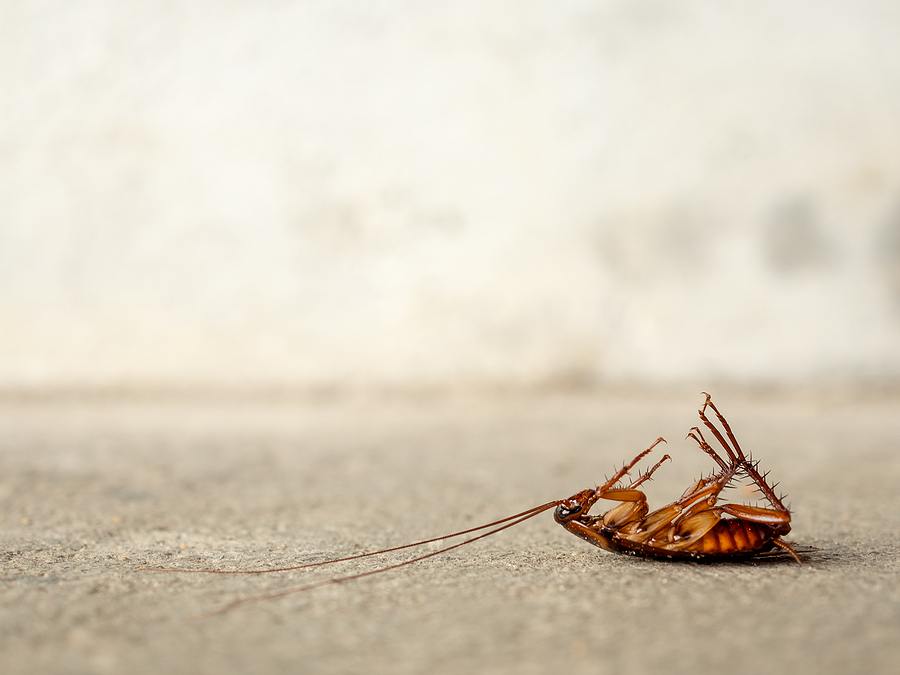Protect Your Property with Integrated Pest Management

Integrated pest management focuses on preventive measures, rather than pesticides, to keep homes pest-free. The best part? These practices are generally simple and inexpensive.
Now that temperatures are heating up in the Northeast, tourists aren’t the only newcomers flooding the five boroughs. Pests, both furry and many-legged, are also descending in droves. As noted by the New York City Health Department, insects and rodents can contaminate food, damage homes and make asthma and allergies worse. The chemicals used to get rid of pests can also cause health problems.
Fortunately, protecting your home and rental building from these unwanted guests is relatively simple and straightforward. Even better, these measures fall under building maintenance best practices. Practicing integrated pest management (IPM) not only improves tenant satisfaction, but it also keeps your building profile in tip-top shape, helping you qualify for the best possible insurance rates. (Once you adopt Integrated Pest Management, make sure you notify your agent/broker. If you’re shopping for insurance and are using Integrated Pest Management, communicate that information when speaking to insurers.)
Integrated Pest Management
While traditional pest control typically involves routine application of pesticides, IPM uses simple strategies to make a building less hospitable to pests. Fixing leaks, patching holes and crevices, and maintaining garbage areas deprive pests of basic necessities: food, water and shelter. Plus, IPM improves overall building conditions and exposes residents and pets to fewer risks.
Perform routine maintenance. Building staff can handle many of the repairs and upgrades that prevent infestations. For instance, sealing cracks and holes and installing escutcheon plates and door sweeps help keep out rodents and insects. Using pea gravel to separate landscaping from the building foundation can discourage burrowing. Train workers to recognize and reports signs of pests, such as rat/mouse droppings, gnaw marks on trash cans, burrows or other signs of pest activity. Because some pests, such as rats, generally come out at night, conduct periodic nighttime inspections of the entire building.
Control garbage areas. Garbage cans should have tight-fitting lids, and they should be positioned away from the walls, 6″ off the floors. Storage areas for garbage and recycling should be clearly labeled and large enough to store three days’ worth of garbage between pick-ups. Use heavy-duty plastic bags (at least 1.9 mm thick), tied tightly to prevent leaks and spills.
Hire a pest management professional (PMP). According to New York State law, only a licensed professional can apply pesticides in a multi-family building. This means that landlords and property managers have two options: 1) become certified as a commercial applicator or 2) hire a PMP. These professionals will monitor the building and look for conditions that attract pests. They also provide maintenance recommendations and treat pests, as needed. The NYC Department of Health offers guidelines for selecting a PMP.
Empower your tenants. Pests need food, water, shelter and ways to get around to survive. Encourage tenants to report conditions that attract pests, such as water leaks, cracks and holes in walls or floors, and clutter in common areas. And, of course, have them immediately report any signs of pests.
At the end of the day, regular inspections and timely maintenance will help prevent many pest issues. Plus, many of the repairs included under integrated pest management will improve your building profile.
You may also be interested in our Pest Control Responsibilities for New York Landlords.
If you have additional questions about improving your property profile or your current building insurance policy, please call us at 877-576-5200.

